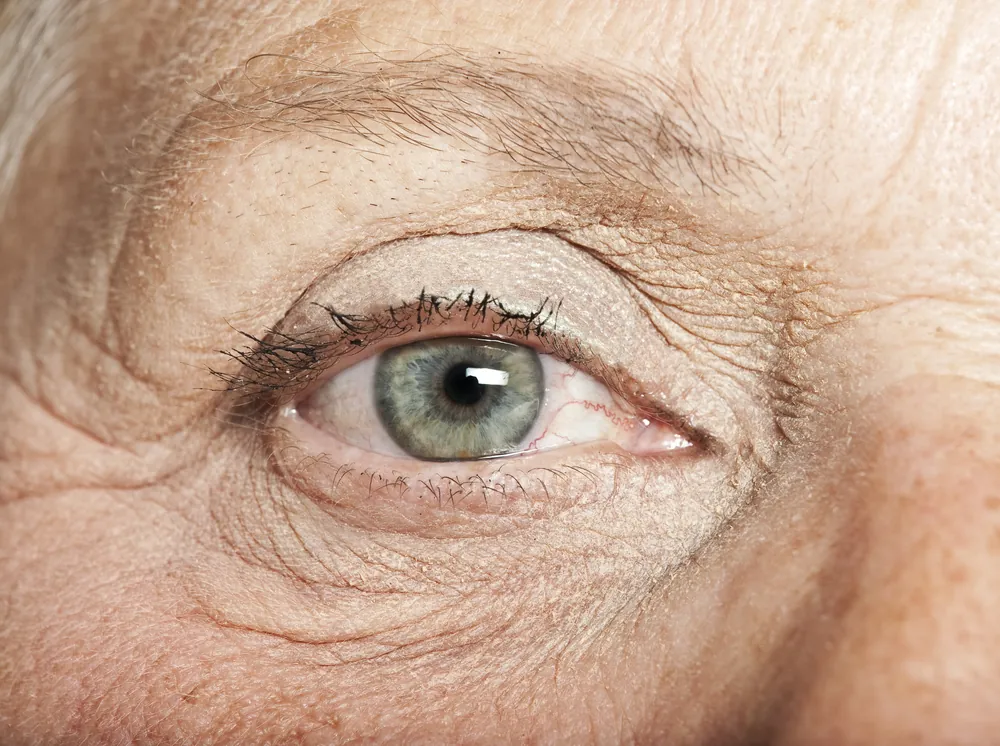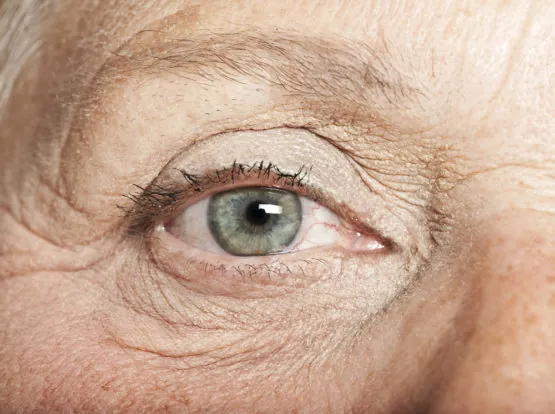Researchers at the USC Roski Eye Institute, in collaboration with other institutions in California, have shown that a new stem cell-based retinal implant could help people with dry age-related macular degeneration [1]. The researchers have published the results of their phase 1/2a clinical trial in the journal Science Translational Medicine.
What is dry age-related macular degeneration?
Dry age-related macular degeneration is the most common form of age-related macular degeneration and is the leading cause of visual impairment in adults aged 65 and over. The condition leads to a loss of central vision, which can cause problems with reading, writing, driving, and other tasks that rely on vision. Diseases like this can rob the elderly of their independence and put them at risk of accidents, and with around 1.7 million Americans suffering from this condition, it is a significant problem for older people.
The therapy uses a layer of human retinal pigment epithelial cells housed on a thin supporting structure, which is then implanted into the retina. Four patients received the new treatment during the trial and were monitored for a year afterward to assess the long-term safety of the approach.
No adverse side effects were observed following the implant, which suggests that the therapy is tolerated well. The researchers also found evidence that the implant had integrated with the patient’s own retinal tissue, which is required in order to restore vision.
While following up on the safety of the therapy, the researchers assessed its efficacy. Of the four patients treated, one had improved visual acuity and showed significant improvement reading an eye chart, and two patients gained some visual function. It is also worth noting that none of the four patients had further progression of vision loss during the year following the therapy.
Conclusion
These early results show that this therapy is well tolerated and suggest that this currently unique implant approach could help people suffering from the advanced stages of dry age-related macular degeneration. The next step for this therapy will be a full phase 2 study to assess its efficacy in a larger test group.
Literature
[1] Kashani A, Lebkowski J, Rahhal F et al. (2018) A bioengineered retinal pigment epithelial monolayer for advanced, dry age-related macular degeneration. Science Translational Medicine Vol. 10, Issue 435, eaao4097. DOI: 10.1126/scitranslmed.aao4097



